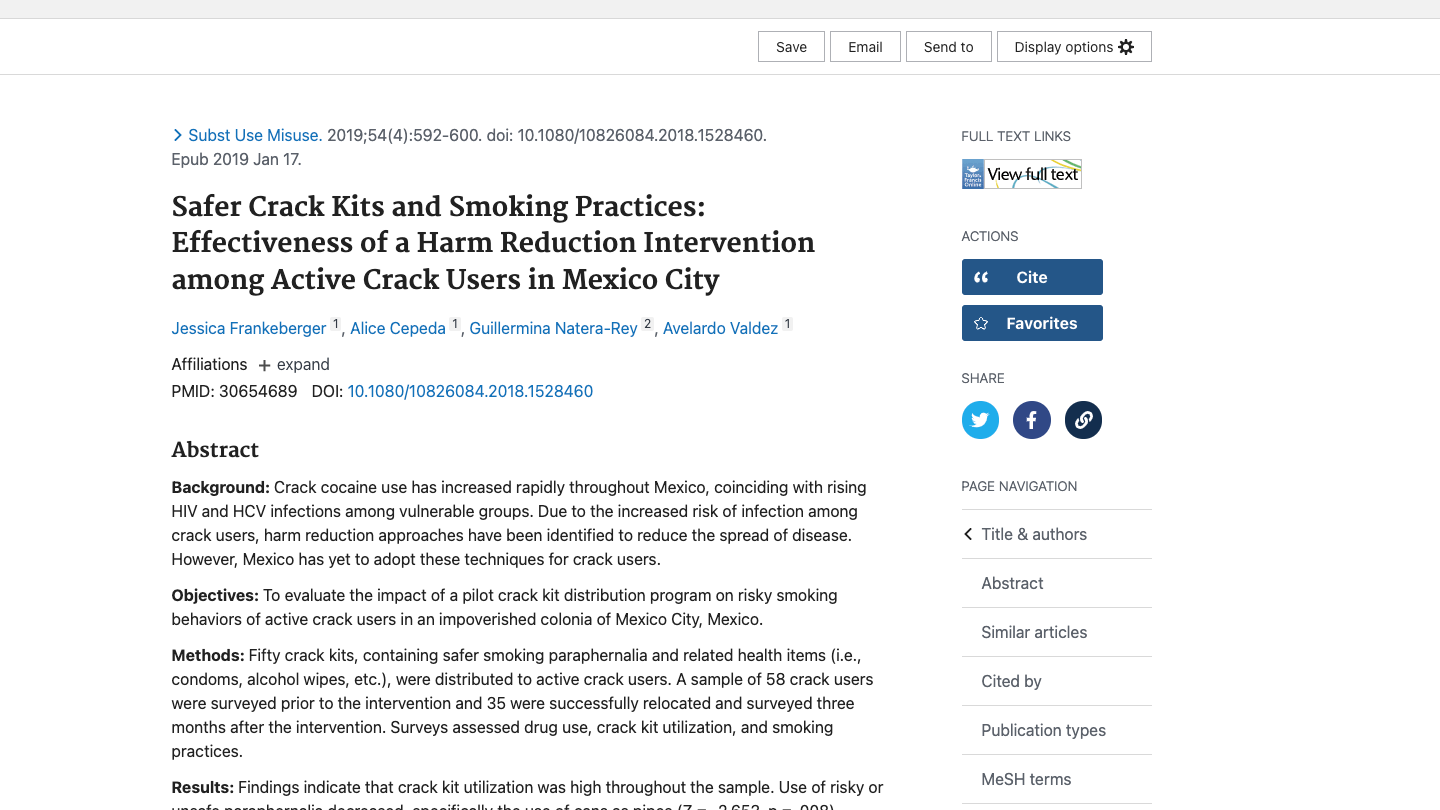It was and for that matter still is an unconventional and unconditional war on a presidential candidate, a president and the American people. It should also be noted that Hillary did not invent the whole fake scandal but she did approve it and paid for it.
When former Attorney General William Barr gave testimony and said in summary that the Trump operation was SPIED on, he was right and more right that we can understand. When Donal Trump said that his team was wire-tapped…while wire tapping is no longer the tactic used…he too was quite right.
This is a very confusion affair but there are several key people that should be not only indicted but surely jailed. The BIG question is will now Attorney General Merrick Garland allow prosecution as it should happen…
 John Brennan, former Director of the CIA
John Brennan, former Director of the CIA
Remember Peter Strzok and Marc Elias? They both have given testimony to the Grand Jury. But where is Obama, Hillary, Biden, Brennan and Comey in the mix so far? There is nothing yet to report on those players…but there is hope. It is then we need to know and understand the relationship between the various agencies and the media that were willing accomplices. Biden and Sullivan are in the equation too…
Sit back and read on….maybe even take notes.
If you are a detailed kinda person that want to read in full the documents, go –>
EXCLUSIVE: Former Director of National Intelligence John Ratcliffe met with Special Counsel John Durham on more than one occasion and told him there was evidence in intelligence to support the indictments of “multiple people” in his investigation into the origins of the Trump-Russia probe, sources told Fox News.
Fox News first reported on Durham’s latest filing, which alleged that lawyers from Hillary Clinton‘s presidential campaign in 2016 had paid to “infiltrate” servers belonging to Trump Tower and later the White House, in order to establish an “inference” and “narrative” to bring to federal government agencies linking Donald Trump to Russia.
Fox News first reported in October 2020 that Ratcliffe provided nearly 1,000 pages of material to the Justice Department to support Durham’s investigation.
‘Enough evidence’
But sources told Fox News this week that during his meetings with Durham, Ratcliffe, who served as a congressman and as the former U.S. attorney for the Eastern District of Texas, said he believed there was “enough evidence” in those materials that he provided to indict “multiple people.”
The sources pointed to one key piece of declassified intelligence, which Fox News first reported in October 2020, revealing that intelligence community officials within the CIA forwarded an investigative referral on Hillary Clinton purportedly approving “a plan concerning U.S. presidential candidate Donald Trump and Russian hackers hampering U.S. elections” in order to distract the public from her email scandal to the FBI.
RATCLIFFE SAYS ODNI HAS PROVIDED NEARLY 1,000 DOCUMENTS TO DOJ TO SUPPORT DURHAM PROBE
Sources told Fox News that the CIA memo, also known as a Counterintelligence Operational Lead (CIOL), was properly forwarded to the FBI, and to the attention of then-FBI Director James Comey and then-Deputy Assistant Director of Counterintelligence Peter Strzok.
Fox News first obtained the declassified memo in October 2020.
“The following information is provided for the exclusive use of your bureau for background investigative action or lead purposes as appropriate,” the 2016 CIA memo to Comey and Strzok stated.
“This memorandum contains sensitive information that could be source revealing. It should be handled with particular attention to compartmentation and need-to-know. To avoid the possible compromise of the source, any investigative action taken in response to the information below should be coordinated in advance with Chief Counterintelligence Mission Center, Legal,” the memo read. “It may not be used in any legal proceeding — including FISA applications — without prior approval …”
“Per FBI verbal request, CIA provides the below examples of information the CROSSFIRE HURRICANE fusion cell has gleaned to date,” the memo continued. “”An exchange [REDACTED] discussing US presidential candidate Hillary Clinton’s approval of a plan concerning US presidential candidate Donald Trump and Russian hackers hampering US elections as a means of distracting the public from her use of a private email server.”
The memo was heavily redacted.
Concerns raised
A source familiar with the matter told Fox News that Ratcliffe, privately, has raised concerns that the CIOL was directed to Comey and Strzok.
Fox News, at this point, has not obtained evidence to suggest the FBI opened an investigation into Clinton’s plan per the CIA referral.
Meanwhile, Ratcliffe had also declassified documents that revealed former CIA Director John Brennan briefed then-President Obama on Hillary Clinton’s purported “plan” to tie then-candidate Trump to Russia as “a means of distracting the public from her use of a private email server” ahead of the 2016 presidential election.
“We’re getting additional insight into Russian activities from [REDACTED],” Brennan’s declassified notes, which were first obtained by Fox News in October 2020, read. “CITE [summarizing] alleged approved by Hillary Clinton a proposal from one of her foreign policy advisers to vilify Donald Trump by stirring up a scandal claiming interference by the Russian security service.”
Three indictments
At this point, Durham has indicted three people as part of his investigation: Igor Danchenko on Nov. 4, 2021, Kevin Clinesmith in August 2020, and Michael Sussmann in September 2021.
Ratcliffe told Fox News’ “Sunday Morning Futures” on Nov. 8, 2021, that he was expecting “many indictments” out of Durham’s special counsel investigation.
Danchenko was charged with making a false statement and is accused of lying to the FBI about the source of information that he provided to Christopher Steele for the anti-Trump dossier. Kevin Clinesmith was also charged with making a false statement. Clinesmith had been referred for potential prosecution by the Justice Department’s inspector general’s office, which conducted its own review of the Russia investigation.
Specifically, the inspector general accused Clinesmith, though not by name, of altering an email about Page to say that he was “not a source” for another government agency. Page has said he was a source for the CIA. The DOJ relied on that assertion as it submitted a third and final renewal application in 2017 to eavesdrop on Trump campaign aide Carter Page under the Foreign Intelligence Surveillance Act (FISA).
Durham also charged former Clinton campaign lawyer Michael Sussmann with making a false statement to a federal agent. Sussmann has pleaded not guilty.
The indictment against Sussmann says he told then-FBI General Counsel James Baker in September 2016, less than two months before the 2016 presidential election, that he was not doing work “for any client” when he requested and held a meeting in which he presented “purported data and ‘white papers’ that allegedly demonstrated a covert communications channel” between the Trump Organization and Alfa Bank, which has ties to the Kremlin.
Fox News, this weekend, first reported on Durham’s filing on Feb. 11. In a section titled “Factual Background,” Durham reveals that Sussmann “had assembled and conveyed the allegations to the FBI on behalf of at least two specific clients, including a technology executive (Tech Executive 1) at a U.S.-based internet company (Internet Company 1) and the Clinton campaign.”
Durham’s filing said Sussmann’s “billing records reflect” that he “repeatedly billed the Clinton Campaign for his work on the Russian Bank-1 allegations.”
The filing revealed that Sussmann and the Tech Executive had met and communicated with another law partner, who was serving as General Counsel to the Clinton campaign. Sources told Fox News that lawyer is Marc Elias, who worked at the law firm Perkins Coie.
Elias’s law firm, Perkins Coie, is the firm that the Democratic National Committee and the Clinton campaign funded the anti-Trump dossier through. The unverified dossier was authored by ex-British Intelligence agent Christopher Steele and commissioned by opposition research firm Fusion GPS.
‘Large amounts of Internet data’
Meanwhile, Durham’s latest filing states that in July 2016, the tech executive worked with Sussmann, a U.S. investigative firm retained by Law Firm 1 on behalf of the Clinton campaign, numerous cyber researchers and employees at multiple internet companies to “assemble the purported data and white papers.”
“In connection with these efforts, Tech Executive-1 exploited his access to non-public and/or proprietary Internet data,” the filing states. “Tech Executive-1 also enlisted the assistance of researchers at a U.S.-based university who were receiving and analyzing large amounts of Internet data in connection with a pending federal government cybersecurity research contract.”
“Tech Executive-1 tasked these researchers to mine Internet data to establish ‘an inference’ and ‘narrative’ tying then-candidate Trump to Russia,” Durham states. “In doing so, Tech Executive-1 indicated that he was seeking to please certain ‘VIPs,’ referring to individuals at Law Firm-1 and the Clinton campaign.”
Durham also writes that during Sussmann’s trial, the government will establish that among the Internet data Tech Executive-1 and his associates exploited was domain name system (DNS) internet traffic pertaining to “(i) a particular healthcare provider, (ii) Trump Tower, (iii) Donald Trump’s Central Park West apartment building, and (iv) the Executive Office of the President of the United States (EOP).”
Durham states that the internet company that Tech Executive-1 worked for “had come to access and maintain dedicated servers” for the Executive Office of the President as “part of a sensitive arrangement whereby it provided DNS resolution services to the EOP.”
“Tech Executive-1 and his associates exploited this arrangement by mining the EOP’s DNS traffic and other data for the purpose of gathering derogatory information about Donald Trump,” Durham states.
The filing also reveals that Sussmann provided “an updated set of allegations” including the Russian bank data, and additional allegations relating to Trump “to a second agency of the U.S. government” in 2017.
Durham says the allegations “relied, in part, on the purported DNS traffic” that Tech Executive-1 and others “had assembled pertaining to Trump Tower, Donald Trump’s New York City apartment building, the EOP, and the aforementioned healthcare provider.”
In Sussmann’s meeting with the second U.S. government agency, Durham says he “provided data which he claimed reflected purportedly suspicious DNS lookups by these entities of internet protocol (IP) addresses affiliated with a Russian mobile phone provider,” and claimed that the lookups “demonstrated Trump and/or his associates were using supposedly rare, Russian-made wireless phones in the vicinity of the White House and other locations.”
“The Special Counsel’s Office has identified no support for these allegations,” Durham wrote, adding that the “lookups were far from rare in the United States.”
“For example, the more complete data that Tech Executive-1 and his associates gathered–but did not provide to Agency 2–reflected that between approximately 2014 and 2017, there were a total of more than 3 million lookups of Russian Phone-Prover 1 IP addresses that originated with U.S.-based IP addresses,” Durham wrote. “Fewer than 1,000 of these lookups originated with IP addresses affiliated with Trump Tower.”
Durham added that data collected by Tech Executive-1 also found that lookups began as early as 2014, during the Obama administration and years before Trump took office, which he said, is “another fact which the allegations omitted.”
“In his meeting with Agency-2 employees, the defendant also made a substantially similar false statement as he made to the FBI General Counsel,” Durham wrote. “In particular, the defendant asserted that he was not representing a particular client in conveying the above allegations.”
“In truth and in fact, the defendant was representing Tech Executive-1–a fact the defendant subsequently acknowledged under oath in December 2017 testimony before Congress, without identifying the client by name,” Durham wrote.
Trump’s reaction
Former President Trump reacted to the filing on Saturday evening, saying Durham’s filing “provides indisputable evidence that my campaign and presidency were spied on by operatives paid by the Hillary Clinton Campaign in an effort to develop a completely fabricated connection to Russia.”
“This is a scandal far greater in scope and magnitude than Watergate and those who were involved in and knew about this spying operation should be subject to criminal prosecution,” Trump said. “In a stronger period of time in our country, this crime would have been punishable by death.”
“In a stronger period of time in our country, this crime would have been punishable by death.”
Then-President Donald Trump speaks during a meeting in the Roosevelt Room of the White House in Washington, Oct. 31, 2017. (Associated Press)
Trump added: “In addition, reparations should be paid to those in our country who have been damaged by this.”
Former chief investigator of the Trump-Russia probe for the House Intelligence Committee under then-Rep. Devin Nunes, R-Calif., Kash Patel, said the filing “definitively shows that the Hillary Clinton campaign directly funded and ordered its lawyers at Perkins Coie to orchestrate a criminal enterprise to fabricate a connection between President Trump and Russia.”
“Per Durham, this arrangement was put in motion in July of 2016, meaning the Hillary Clinton campaign and her lawyers masterminded the most intricate and coordinated conspiracy against Trump when he was both a candidate and later President of the United States while simultaneously perpetuating the bogus Steele Dossier hoax,” Patel told Fox News, adding that the lawyers worked to “infiltrate” Trump Tower and White House servers.
Meanwhile, unearthed Hillary Clinton tweets from days before the 2016 presidential election show the candidate pushing now-debunked information that Donald Trump was using a “covert server” linking him to Russia.
Clinton, on Oct. 31, 2016, tweeted: “Computer scientists have apparently uncovered a covert server linking the Trump Organization to a Russian-based bank,” and shared a statement from her campaign’s senior policy advisor Jake Sullivan, who now serves as President Biden’s White House National Security advisor.
“This could be the most direct link yet between Donald Trump and Moscow,” Sullivan said in the October 2016 statement. “Computer scientists have uncovered a covert server linking the Trump Organization to a Russian-based bank.”
Sullivan said the “secret hotline may be the key to unlocking the mystery of Trump’s ties to Russia.”
“This line of communication may help explain Trump’s bizarre adoration of Vladimir Putin and endorsement of so many pro-Kremlin positions throughout this campaign,” he continued. “It raises even more troubling questions in light of Russia’s masterminding of hacking efforts that are clearly intended to hurt Hillary Clinton’s campaign.”
Sullivan added that they “can only assume federal authorities will now explore this direct connection between Trump and Russia as part of their existing probe into Russia’s meddling in our elections.”
A second Clinton tweet from that day stated it was “time for Trump to answer serious questions about his ties to Russia.”
Clinton tweeted an image that states that Trump had “a secret server” to “communicate privately with a Putin-tied Russian bank called Alfa Bank.”








 .
.  Back in 2007, Bill Gates told Fortune that
Back in 2007, Bill Gates told Fortune that